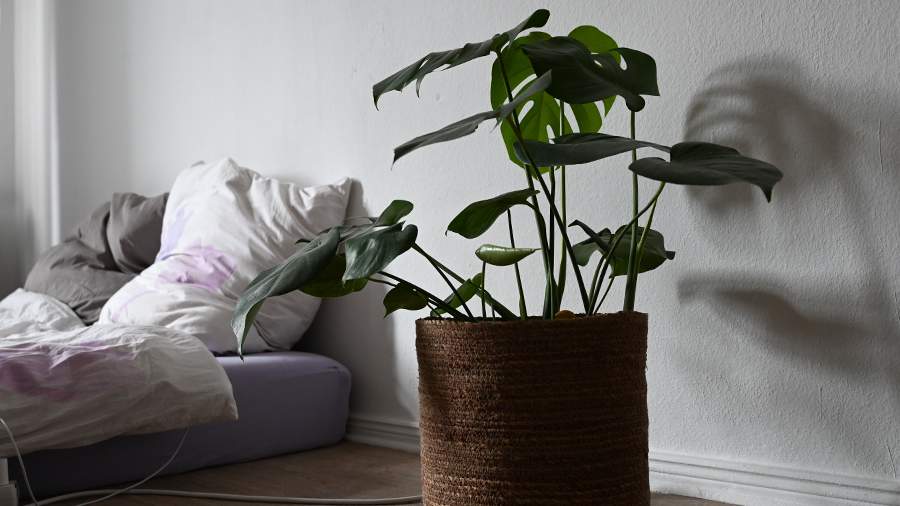What plants can and cannot be grown at home

Often when choosing ornamental indoor plants are focused on their appearance and easy care, because the main task of flowers - to decorate the interior, pleasing to the eye. At the same time, not all of them are suitable for growing at home, and some of them are dangerous. About what plants can and can not be grown at home, tell "Izvestia".
What indoor plants can be grown at home
A special love of novice flower growers won a syngonium with bright heart-shaped leaves, scindapsus, resembling a field creeper, chlorophytum, which cleans the air well, as well as aloe. This plant actively absorbs carbon dioxide, and its juice is often used in cosmetology and medicine, for example in the treatment of acne or runny nose.
Other popular plants for growing at home include gardenias, violets, begonias, cactus, cactus, paportnik, ivy, ficus, sansevieria and balsam. All of these plants are unpretentious in the home and allow you to decorate large spaces.
More experienced florists often choose roses, orchids, exotic fruit plants such as guava (guava) or guernia, and various types of decorative palms - dracaena, cicas, monstera with large carved leaves, bamboo or date palm.
Often when choosing a houseplant oriented on the opinion of experts on feng shui and folk omens. Some flowers are specially planted in the house in order to attract good luck and prosperity.
For example, it is believed that the wealth promotes the fat tree ("money tree"), sansevieria ("mother-in-law's tongue") cleans the energy of the home and scares away people with bad thoughts, and coffee tree energizes and helps to fight stress.
Houseplants that should not be kept at home
That said, there are a number of plants that are not recommended to keep at home, as they can cause headaches, allergies and affect sleep. Some even have poisonous components that pose a serious health risk.
Special care should be taken when choosing such plants if there are children and pets in the house. They can easily get to the inflorescences or berries and get poisoned.
First of all, we are talking about flowers of the family of coutreae. They include, for example, oleanders, which attract attention with rich green foliage and beautiful flowers with petals of white, pink, red, coral or yellow shades. In their appearance they resemble dwarf roses. Oleanders bloom several times a year, usually abundantly and for a long time.
However, ingestion of the plant's juice can lead to stomach upset, dizziness and vomiting, and in case of severe poisoning - to serious problems of the heart and central nervous system. In ancient times, oleander juice was even used to lubricate arrowheads to hit the enemy.
No less dangerous are plants of the malochai family: jatropha, poinsettia, croton and euphorbia. Malochai have large leaves and also enjoy abundant blooms. Their big disadvantage is the poisonous sap, which can leave a rash or burns if it gets on the skin.
Do not keep at home and flowers of the nightshade family, in particular, indoor nightshade. Its small green leaves and berries of bright orange color complement the interior well, but if you taste them, the consequences can be very sad.
Which flowers in the house can cause allergies
When there are asthmatics and allergic people in the house, it is better to refuse to breed lilies, orchids, chrysanthemums, hydrangea, cyclamen and pelargonium, popularly known as geraniums.
These flowers have a pungent odor and emits various substances that can provoke various allergic reactions: sneezing, red eyes, tearing, and in extreme cases, swelling of the larynx and mucous membranes.
In addition, a strong allergen is the pollen of flowering plants. Getting into the air, it can cause rhinitis, conjunctivitis and cause an exacerbation of bronchial asthma.
Earlier "Izvestia" told how to protect indoor plants from diseases and pests in winter.
Переведено сервисом «Яндекс Переводчик»
